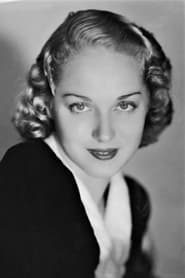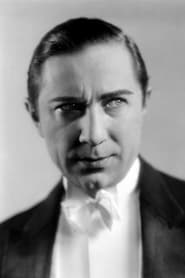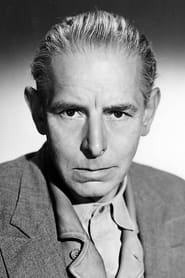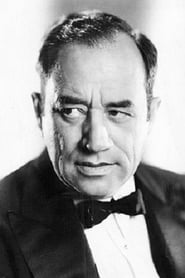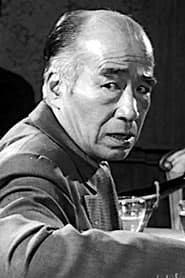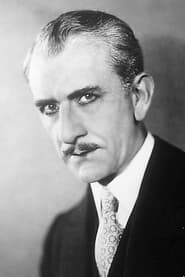Cast
View AllCharles Laughton
as Dr. Moreau
Richard Arlen
as Edward Parker
Leila Hyams
as Ruth Thomas
Bela Lugosi
as The Sayer of the Law
Kathleen Burke
as Lota the Panther Woman
Arthur Hohl
as Montgomery
Stanley Fields
as Capt. Davies
Paul Hurst
as Capt. Donahue
Hans Steinke
as Ouran
Tetsu Komai
as M`ling
George Irving
as Consul
Jack Bardette
as Undetermined Role (uncredited)
Evangelus Berbas
as Undetermined Role (uncredited)
Joe Bonomo
as Beast (uncredited)
Buster Brodie
as Pig Man - a Little Beast (uncredited)
Crew
Director
- Erle C. Kenton
Producer
- Erle C. Kenton
Reviews
John Chard
We are Devo!
There's an island somewhere out there in the goddamn foggy laden deep blue sea. Here resides Dr. Moreau (Charles Laughton), he has a God complex and he is conducting experiments, turning animals into humans. Unsurprisingly and terrifyingly the results are not exactly a success!
Tod Browning's Freaks was released this same year, and when watching Erle C. Kenton's Island of Lost Souls, it makes for the perfect companion piece. Full of haunting imagery, aided no end by cinematographer Karl Struss' stunning photography, it's a film that stays with you long after the end credits have rolled. Berserker science marries up to human chaos to provoke and trouble in equal measure. Laughton gives top villainy, whilst Waldemar Young and and Philip Wylie adapt from the H.G. Wells novel with a cheeky glint in their eyes. The 1930s had some great horror movies, this is up with the best of them. 8/10
Jul 24, 2016
CinemaSerf
There is something almost "Hitler-esque" about Charles Laughton's performance in this stunningly eerie adaptation of HG Wells' novel "The Island of Dr. Moreau". I have to admit to a certain bewilderment as to the name change - if anything, it rather detracts from the original - but hey, I'm nitpicking. Laughton is perfect as the charismatic genius who is experimenting to turn animals into human beings. Not for us here, is that typically maniacal lunatic-scientist style of characterisation; our protagonist here is cold, calculating and evil - but he also has a structured - if entirely flawed - scientific theory with a goal that aims to facilitate his return to London to prove those previously sceptical of his claims that he was right. Were it not for the arrival of "Edward Parker" (Richard Arlen) who had been unceremoniously dumped from a passing freighter; and whom he introduces to his most promising subject "The Panther Woman" he might well have succeeded. This external intervention, however, changes all the dynamics on the island and we head to the ultimate clash of personalities. Bela Lugosi features sparingly, and - to be honest - his part could have been played by any tall man in a beard (real, or otherwise) and Arthur Hohl as his rather too acquiescent sidekick "Montgomery" lacked any sort of screen presence. The lighting contributes hugely to the spookily haunting imagery; more than making up for the, well, make up! It's all about Laughton - his menacing, almost megalomanic performance is captivating.
Jun 13, 2022
Thematic Analysis
This Horror/Science Fiction film explores themes of fear and survival, delving into the psychological aspects of human nature when confronted with the unknown. Island of Lost Souls presents a unique perspective on the horror genre by focusing on the psychological terror rather than relying on typical jump scares.
Director Erle C. Kenton brings their distinctive visual style to this film, continuing their exploration of themes seen in their previous works while adding new elements. Their approach to pacing and visual storytelling creates a viewing experience that rewards close attention.
Released in 1932, the film exists within a cultural context that now offers viewers historical perspective on the social issues of that era. Its reception demonstrates the diverse reactions to its artistic choices and its place in cinema history.
Did You Know?
- The production of Island of Lost Souls took approximately 34 months from pre-production to final cut.
- With a budget of $0.3 million, the film represented a significant investment in bringing this story to the screen.
- The final cut of the film runs for 71 minutes, though the director's initial assembly was reportedly 124 minutes long.
- The cast underwent specialized training for 6 weeks before filming began.
- The costume department created over 190 unique costume pieces for the production.
- Several scenes were filmed in multiple locations to capture the perfect setting.
Historical Context
- In 1932, when this film was released:
- The civil rights movement was gaining momentum in the United States.
- Television was becoming a dominant form of home entertainment.
- The film industry was dominated by major studios, with independent cinema still in its early development.
How This Film Stands Out
While Island of Lost Souls shares thematic elements with other films in its genre, it distinguishes itself through its unique approach to storytelling, visual style, and character development.
Unlike Piercing, which takes a more conventional approach to its subject matter, Island of Lost Souls subverts genre expectations by exploring its themes with greater nuance.
While films like The Saint and The Breed explore similar territory, Island of Lost Souls stands apart through its deeper exploration of its central themes and more complex characterization.
This film's unique contribution to cinema lies in its bold artistic choices and willingness to challenge viewer expectations, making it a valuable addition to its genre.
Details
- Release Date: December 24, 1932
- Runtime: 1h 11m
- Budget: $300,000





